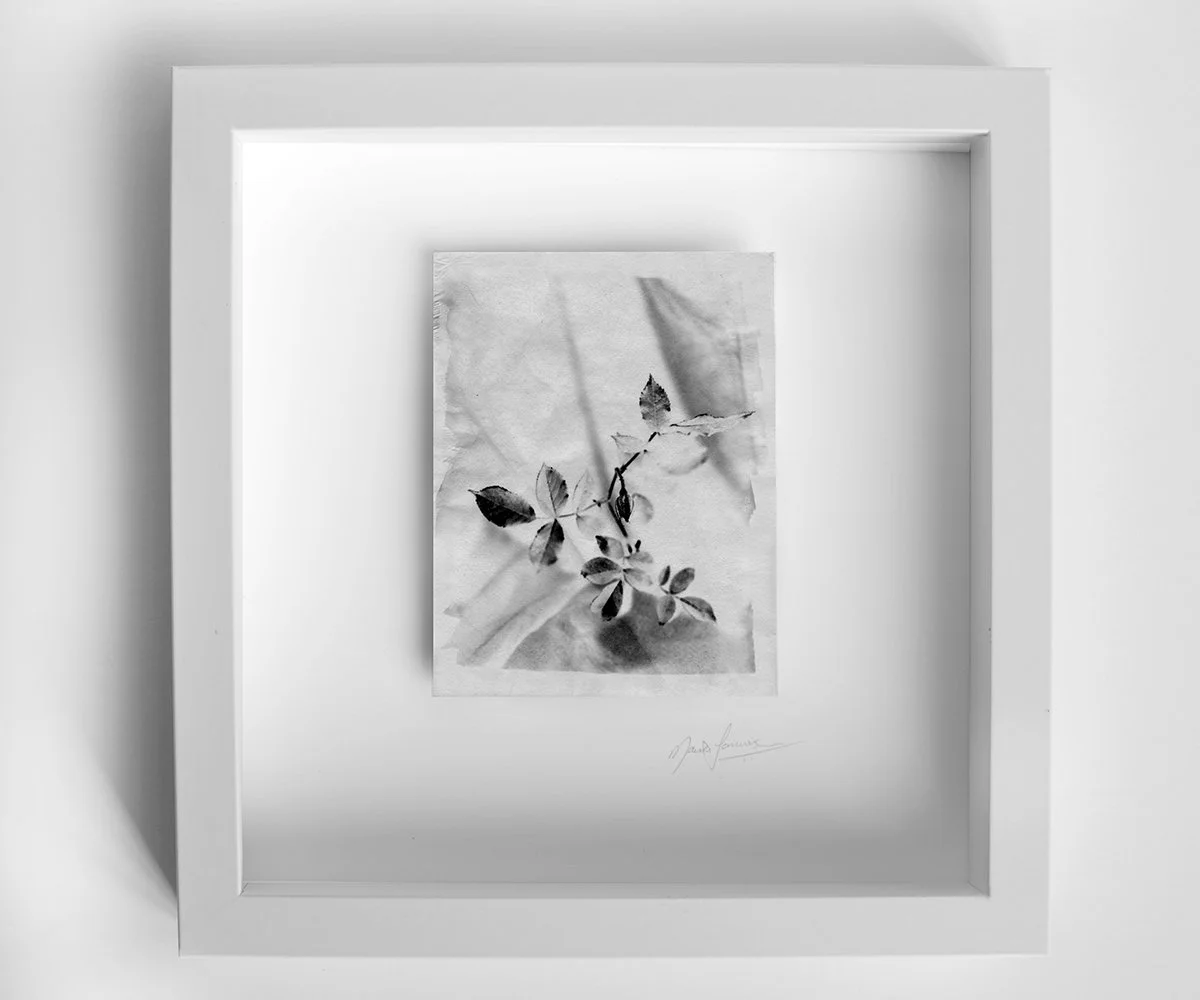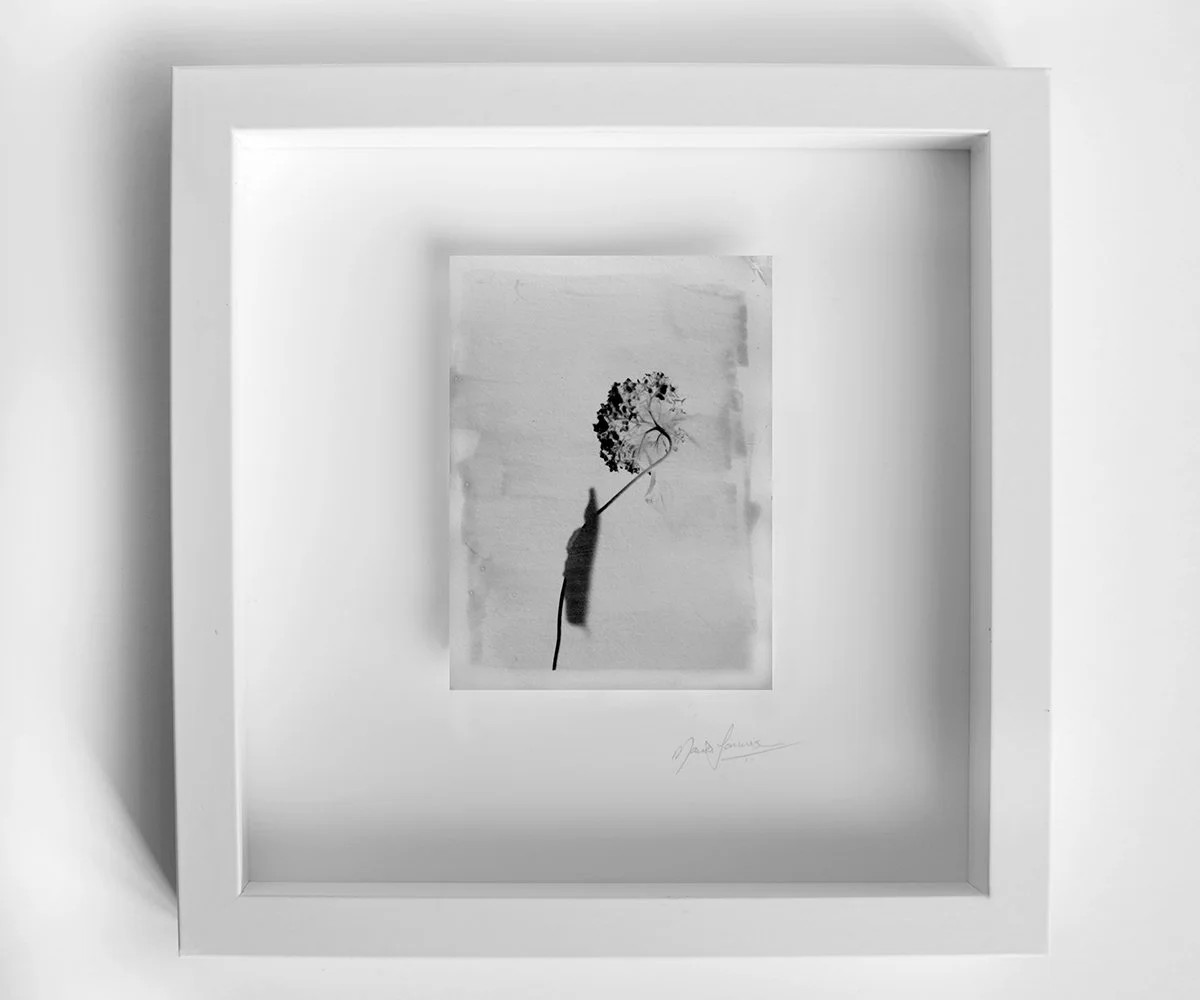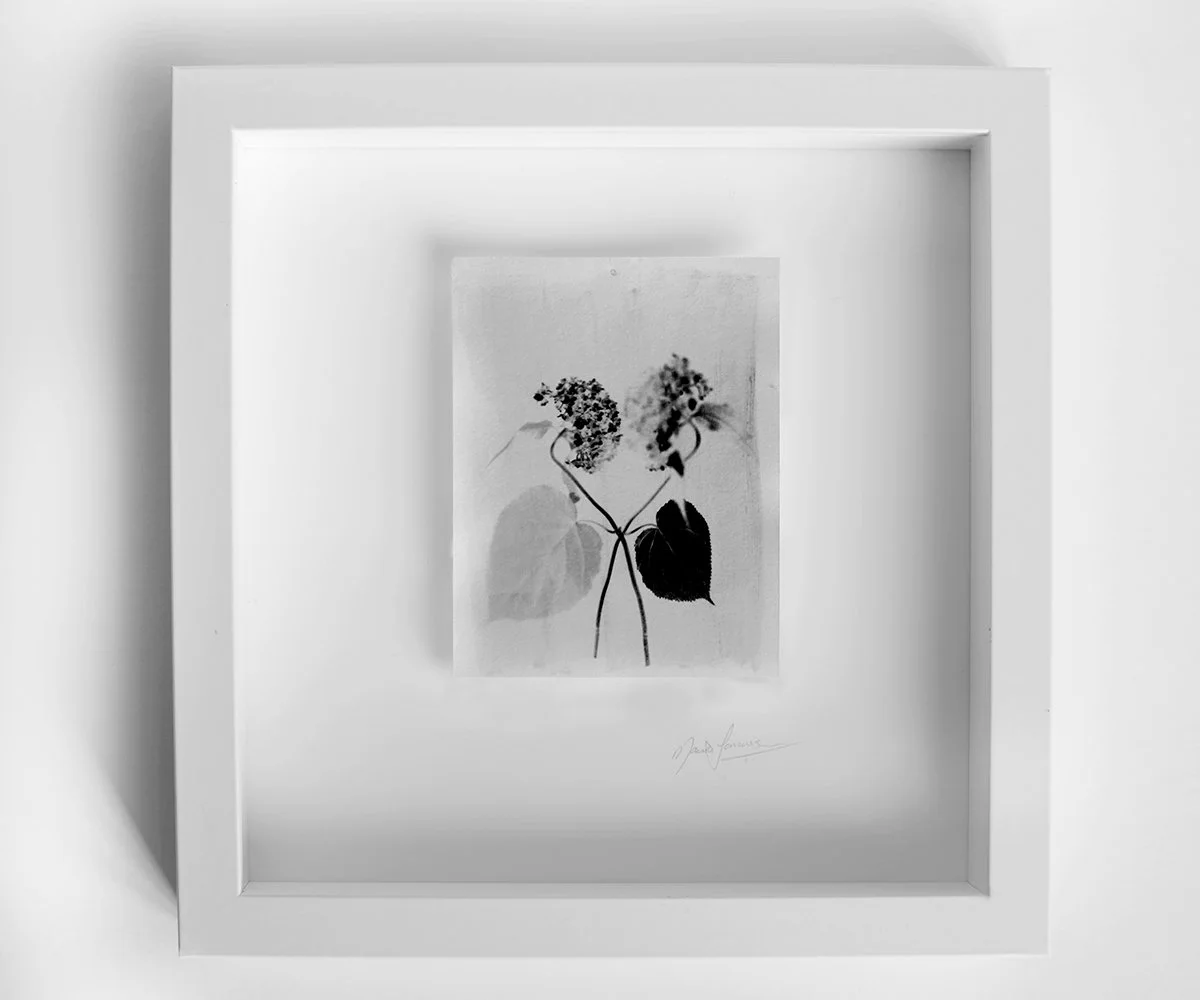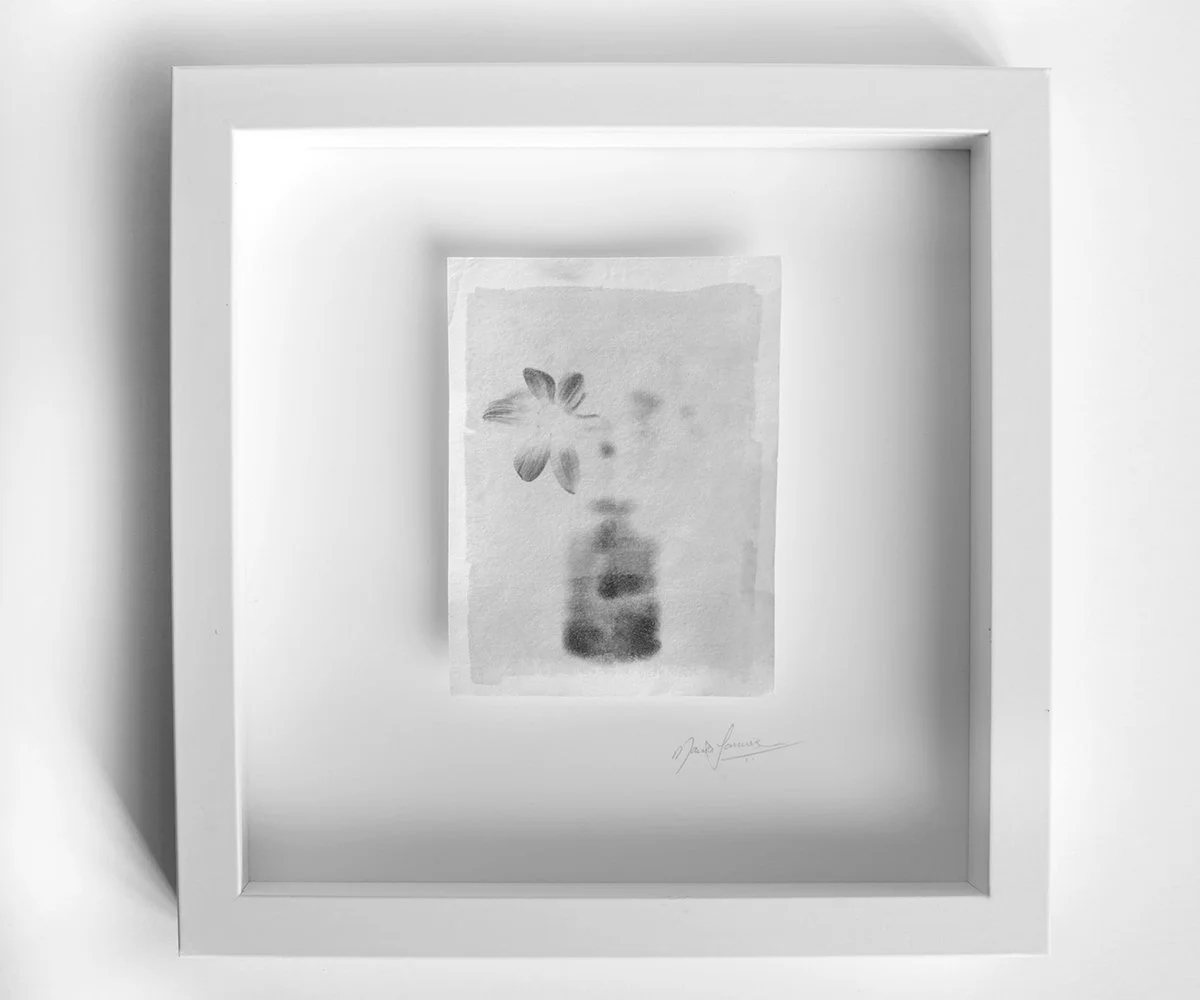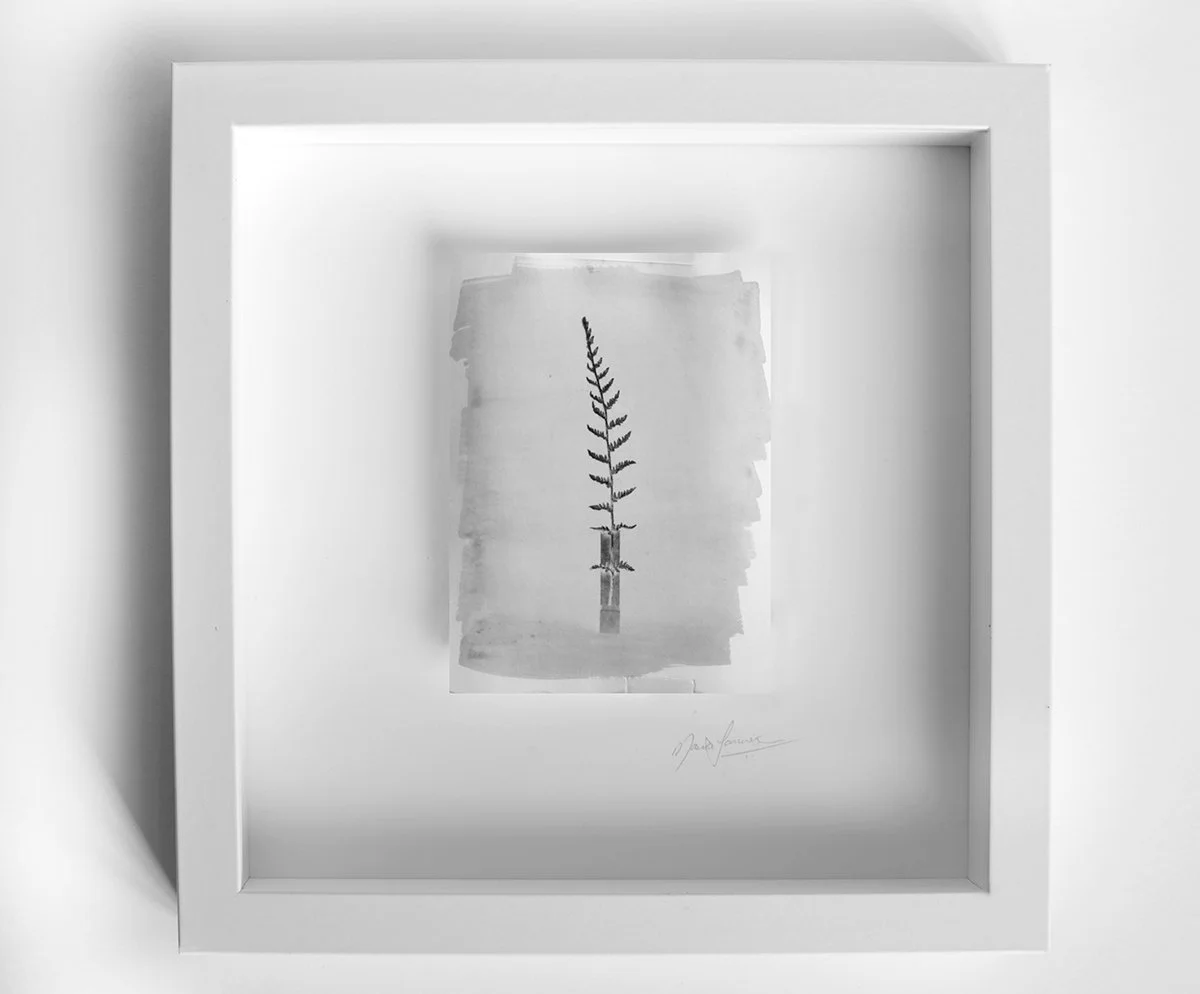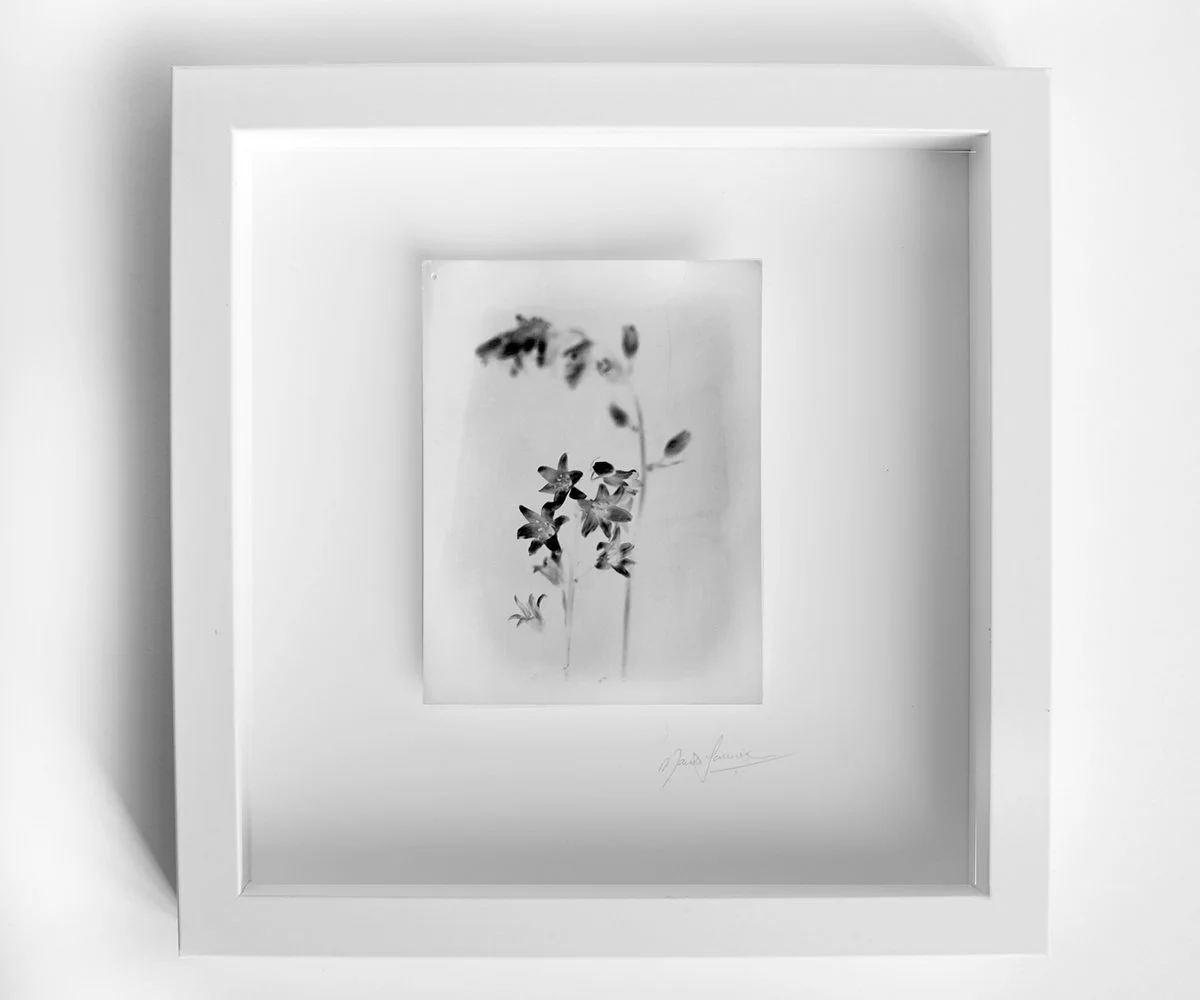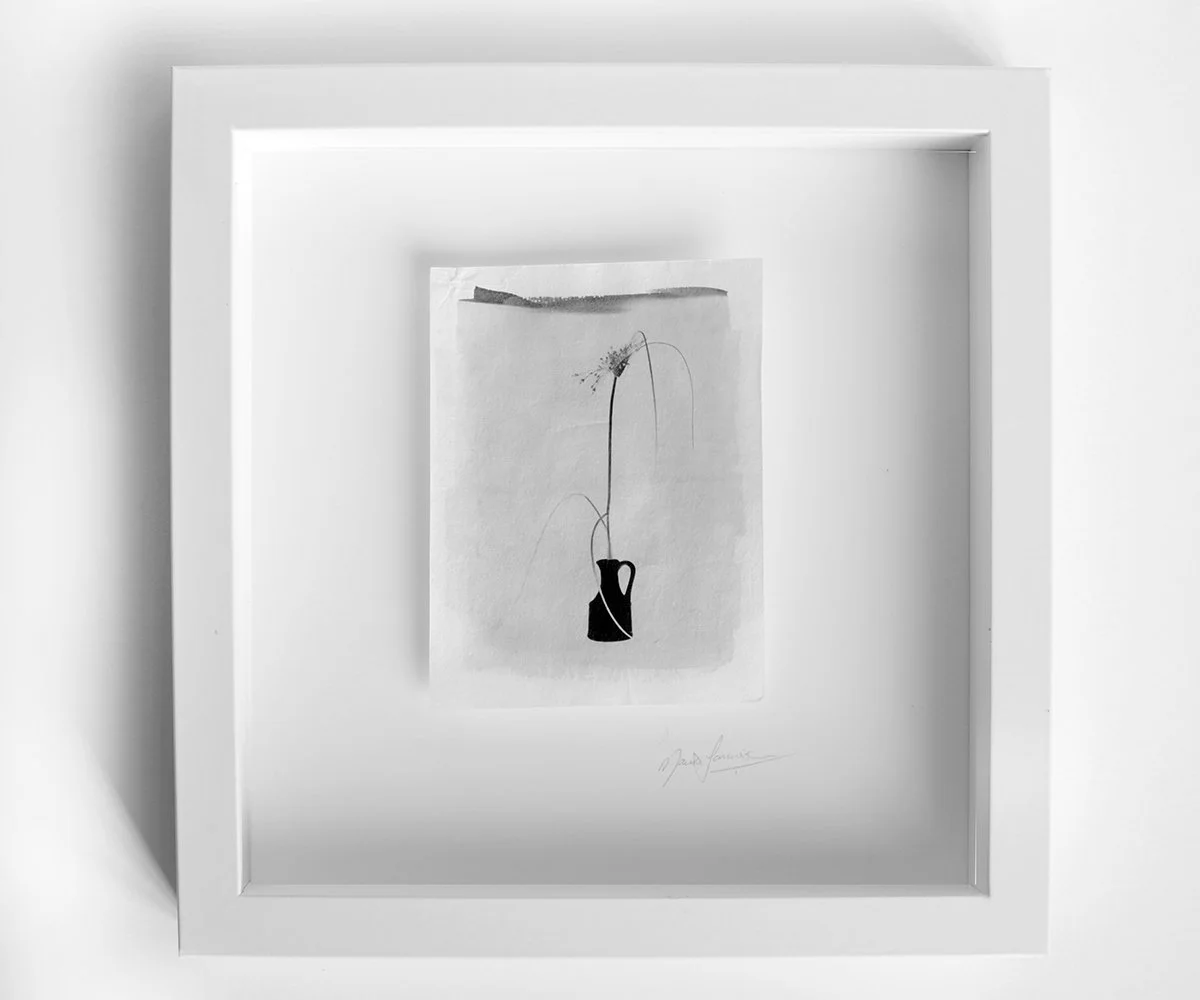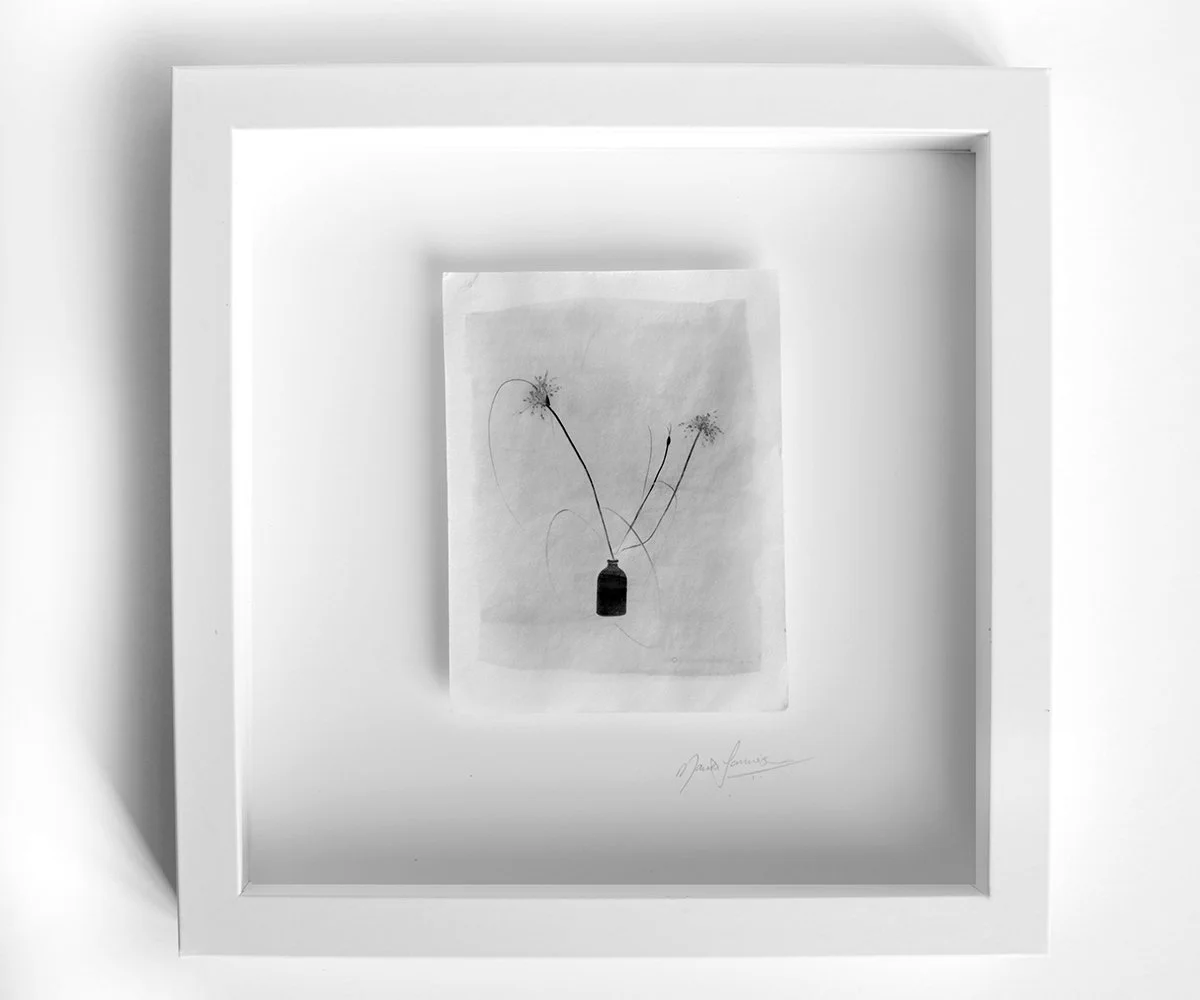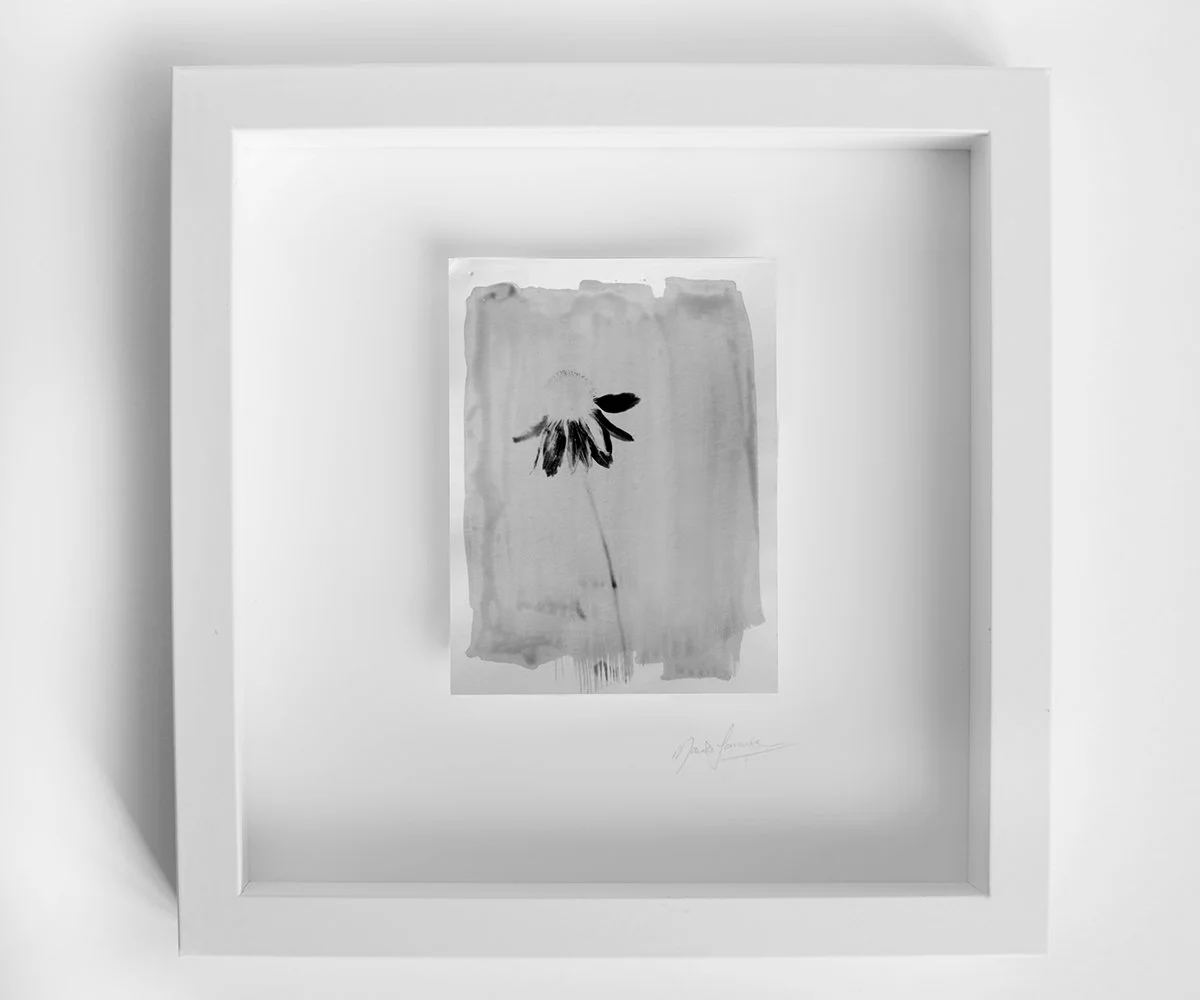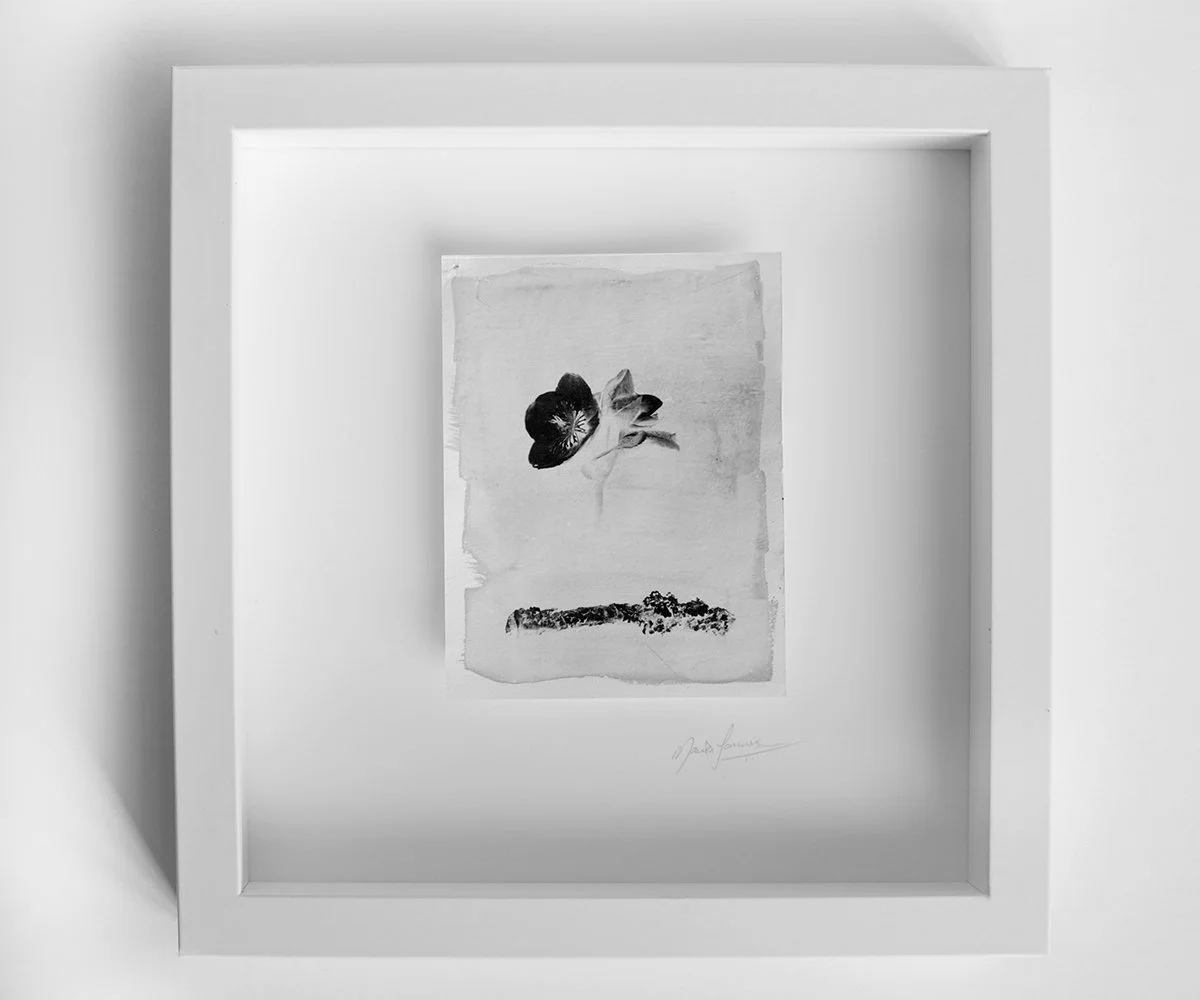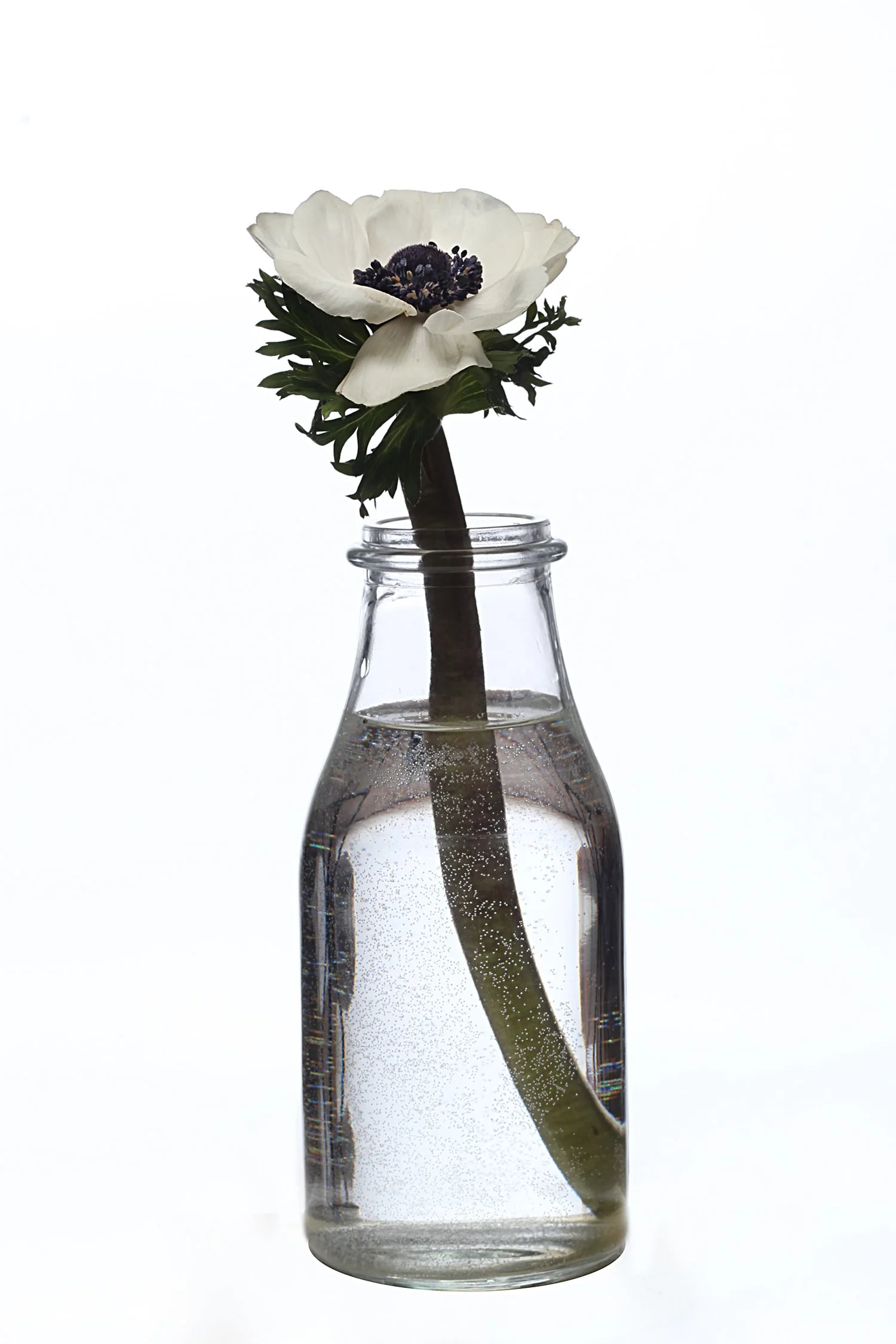‘Progression’ is a body of work inspired by the work of John Muir, the Scottish Conservationist. Muir was passionate about wild places; he explored them, wrote about them and campaigned to protect them. Muir’s work as a scientist and advocate for nature has continued relevance in modern environmental campaigning. Part of the John Muir Country Park, Yellowcraigs Beach, sand dunes and the North Sea became the main focus of this body of work.
In its depiction of young art students, 'Progression' recognises the dignity and pride of young people and their deep concern for the environment and the future. Merging portraiture and landscapes accentuates the imperative balance that needs to be maintained to protect and conserve the natural landscape.
The ocean and its shores are as much cultural spaces as natural ones. The legacy of painterly depictions of the oceanic, awe-inspiring as a cultural symbol has now given way to a new kind of disturbing awareness of ecological issues. In this regard, the photographic landscapes of the Ocean and the sand dunes, function to a degree like memento mori still lives, in the sense that we are aware on some level of the sober undertones of the scene even while we revel in its sensuous beauty.
Playing with viewpoint and scale gives the seaweed and wild plants a new position of centre stage. Through close-up examination they transcend their mundane representation and take on new critical significance.
Working with in camera techniques to create images of the beach as both fact and fantasy. The dunes themselves barren and curvaceous can appear to be almost not of this world. The fine lines left by the tide, the debris of seaweed and the effects of the wind blowing over the sand are again both real and surreal.
The delicate nodding bells of the Campanula rotundifolia, or simply Scottish bluebell provides a source of nectar for bumblebees and honeybees, these wildflowers are an integral part of the biodiversity of the Sand dunes. In the language of flowers, the Scottish Bluebell stands for grief, humility and submission; the metaphoric associations with the natural world and the climate crisis needs no explaining.
The large-format monochrome portraits contrast with the immediacy of their digital counterparts, depicting young women and men in poses that echo the disciplines of formal portraiture. Working with the slow and deliberate process of large-format paper negatives changes the relationship between the photographer, the sitter and the spectator. The ritual formed between the three parties creates a complex interplay of power, positioning and performance.
The Campanula rotundifolia, or simply Scottish bluebell provides a source of nectar for bumblebees and honeybees, these wildflowers are an integral part of the biodiversity of the Sand dunes. In the language of flowers, the Scottish Bluebell stands for grief, humility and submission; the metaphoric associations with the natural world and the climate crisis needs no explaining. According to the last red list of the vascular plants, the Campanula rotundifolia was identified as a plant at risk of extinction.
Meaningful collaboration with young people is crucial if change is going to happen, they are the least to blame, and yet the most vulnerable to the effects of climate change.

























































